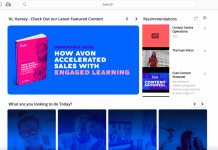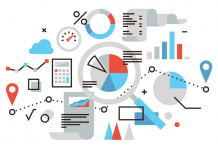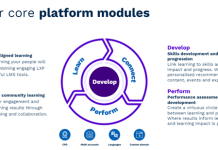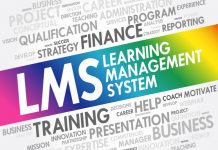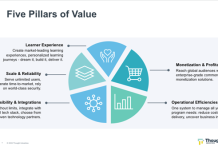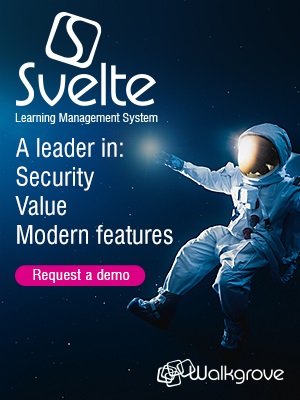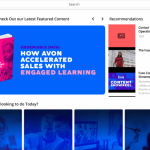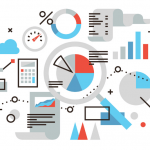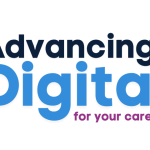A Learning Management System (LMS) can enable an organisation to quickly and efficiently train their staff using elearning. However, there is a myriad of LMS available, and each one has different features which cater to different needs.
Given the specific needs of a Healthcare organisation, such as a large hospital trust or a smaller clinical commissioning group (CCG), we have written this article to help those in Healthcare who want to procure an LMS to find and choose the right Learning Management System for them.
The training needs of Healthcare
In this review, we have taken into account a number of key factors that appear to be emerging in the healthcare market, which will influence the LMS choice as we look at the complexity of healthcare, (and of course the UK’s National Health Service (NHS)) with multiple organisations driving requirement in a number of differing directions.
We note the continuing importance of CPD and personal reflection in healthcare learning and development. Nurse revalidation is just one of the challenges being faced, as well as the need for portability of qualifications across the myriad of organisations.
June 2015 brings IBM in to replace the McKesson in running the Electronic Staff records (ESR) project for the NHS and a newly invigorated approach will emerge through a new round of engagement across the organisation.
We have sought to identify a series of common metrics by which we can evaluate an LMS and assess its suitability for use in healthcare.
Criteria for suitability
It is important for any LMS to be easy to use so that all learners can effectively and efficiently use elearning. This is particularly relevant to large organisations with many learners, such as healthcare organisations, as training each learner to use the LMS can impact the efficiency of elearning as a training method.
The User Interface (UI)
An important factor in an LMS being easy to use is the User Interface (UI). The UI determines firstly what the LMS looks like and secondly how the user interacts with the LMS.
Firstly, if the UI looks appealing and simple, rather than outdated and complex, a user will feel more comfortable with the LMS, and be more inclined to learn how to use, and to use, the LMS.
Secondly, if a user can interact intuitively and efficiently with the LMS, then the user will find the learning content easy to access and will be more willing to undertake the elearning: their training will be more effective. On the other hand, if the user’s interaction with the LMS is inefficient and clunky, the user will soon become despondent and the LMS will act to a barrier to her learning: their training will be inefficient.
The User Interface is crucial and the design of the interface from all differing perspectives is very important indeed, speed of access to learning and the ability of the system to suggest additional learning based on learner preferences and learners identified competencies and likely learning requirements will build a much more adaptive and engaging learning environment that will save time and unnecessary training taking learners beyond the sheep dip of compliance very quickly into enhanced performance.
Integration
The ability of the LMS to integrate with other systems which may already be in place in Healthcare organisations is important. For example, it is important for an LMS to be able to integrate with patient and medical databases. Technologies which enable integration to take place, such as APIs, are therefore something we look at closely.
Introducing third party integrations is important as well as integrating with open solutions such as Mozilla open badges and e-portfolio systems to allow learning to be ported from one organisation to another.
Integration is important and the many different systems in use as well as ESR makes this important and the need to push CSVs around differing systems must come to an end.
This also means…
Customisation
…for complex organisational requirements.
The LMS must be customisable beyond just look and feel. The LMS must allow for complex organisational hierarchies to be recognised. The operational workflows modelled onto the LMS as well as the integration of other systems must be customisable so that data can be moved around seamlessly.
This leads us to…
Scalability and Extended Enterprise
The ability to scale easily is certainly necessary. As Healthcare organisations can be extremely large, a suitable LMS will be able to scale to the number of learners without any compromise on training efficiency or other function. The LMS must also be able to integrate with organisations and their systems beyond the confines of a single operational unit. Examples would be in integrating with Professional standards organisations (Royal Colleges for example) or recruiting and training partners.
Learning should be available on demand as well as part of structured plans for professional development.
Competencies
(eg CPD and face to face)
The ability of the LMS to manage this area is perhaps at present the greatest challenge with the range of almost endless re-certification challenges in an effective and engaging way. Competencies, workplace assessments of individuals against defined competencies and developing learning pathways to allow professional development in a way that makes CPD tightly aligned to the defined competency of the role is crucial.
The ability of the learner to evidence the competency and the ability of the LMS to offer smart assessment are vital. This can be applied to face to face training events or on-line learning opportunities provided.
Reporting and analytics
The ability of the LMS to offer real time audits and alerts of training and competency issues to the organisation is a key requirement and indeed has been the rationale for many LMS procurements…an insurance policy at best. Next generation LMS need to be pro-active and highlight potential compliance issues or up and coming skills shortage based on evaluating data sets from other systems using predictive analytics.
Delivery
Another obvious requirement is the ability to deliver learning materials in all formats likely to be used at a point of learning need. This can mean as a module on a tablet or mobile phone, but other platforms and devices should be considered with learning built into more advanced clinical management reporting systems for example or e-prescribing systems, by seamless integrations.
Armed with the tips above, you may be interested in our reviews of the best LMS for healthcare providers currently on the market.
Can We Help You?
Interested in our expert advice on choosing the best learning management system for your healthcare organisation?




